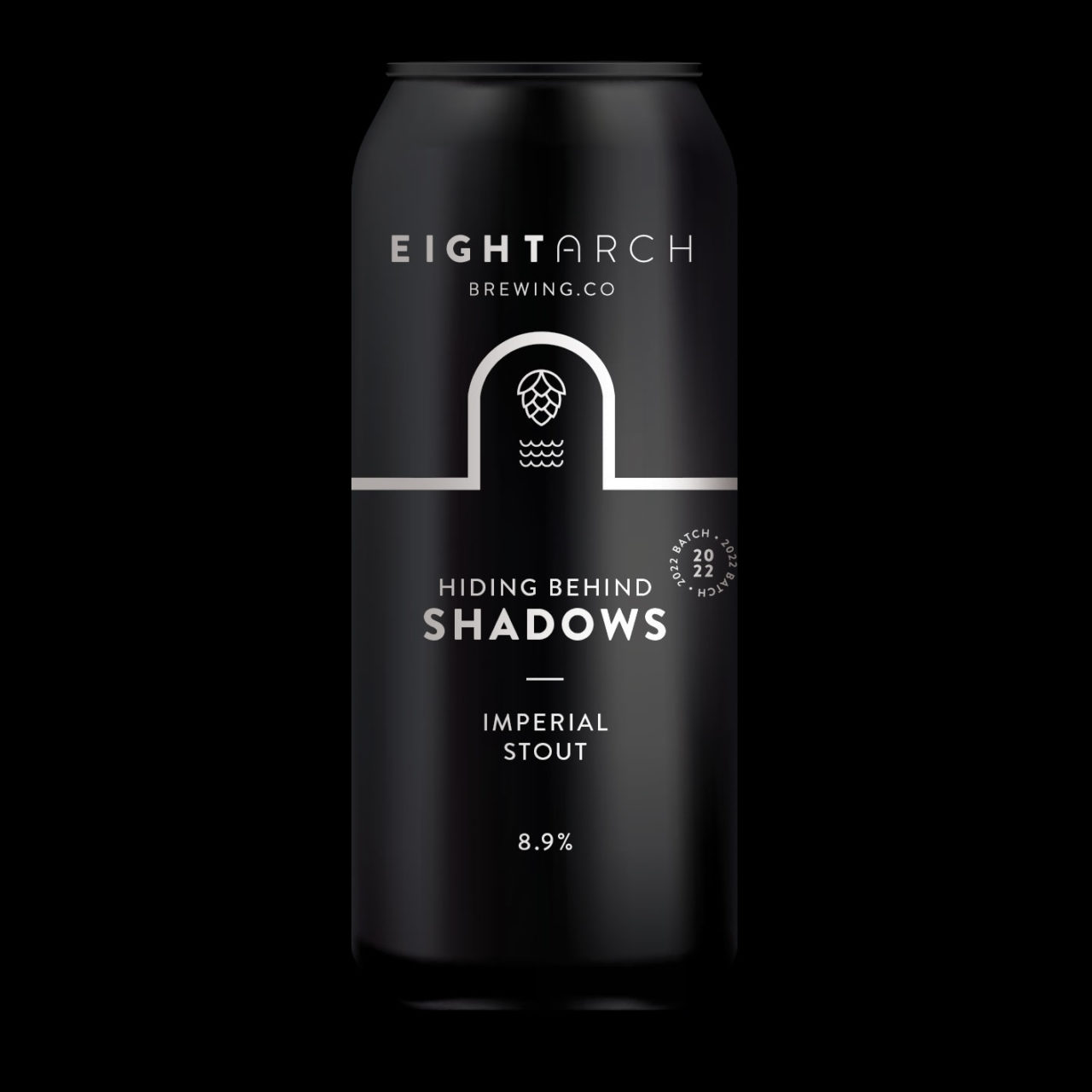Brewing, to us, even though it started as a hobby and now a business it has always been a passion. and today we are going to talk about something which has always been close to me and that is the robust world of the IMPERIAL STOUT.
I have always loved an imperial stout, its always been a beer style which nothing can compare and in a way a bit of a marmite beer as I have already said however I am fully on the “LOVE” side.
The beer style itself has been dubbed on occasion “The King of Beers” which has come from the legacy back in the days of the Russian Imperial Court, although this is good reason by itself as to why I am writing a blog post dedicated to this beer it is also a beer that tests the mettle of a brewer, challenging the skills, precision, understanding of brewing and aging. So throughout this post I am going to talk about my insights and tips I have learnt over the years of experimentation now we are on our 6th year of brewing Hiding Behind Shadows, our 8.9% Imperial Stout. So pour yourself a drink find a comfortable chair and we can all raise a virtual glass to the black glass of roasted malts, chocolate notes and coffee aromas.
So where did it all begin?
The beer style itself started back in 18th Century England, where it was originally brewed as a “special export beer” The name as mentioned earlier “Imperial” came from the beer being well suited to be sent over on the long haul to the Russian imperial court as at the time there was a growth in interest for strong dark beers. The key features of the imperial stout was –
- High alcohol content this being before the days of double and triple IPAs so the ABV was unheard of before this, the reason for it was to withstand the long journeys as well providing that warming rich qualities.
- Roasted malts, using these heavily roasted giving the beer its deep, dark colour as well as the distinct flavors of roasted coffee and chocolate this all combined with the high ABV creates the complex taste.
- Aging naturally occurred through the voyage which allowed the flavors to mature and mellow adding again to the complexity and smoothness.
Now the style has grown and been a big part of the the craft beer movement, while starting its roots in England it is now an global beer style which has lead to experimentation of different ingredients, aging techniques and flavor profiles and on some occasions have put brewies on the map such as founders breakfast stout.
The brewing process for an imperial stout shares common steps for example an IPA but obvious differences in the final results, the basics are –
- Ingredients:
- Gather your brewing ingredients, including malted barley, hops, water, yeast, and any additional grains or adjuncts you want to use.
- Mashing:
- Begin by crushing the malted barley to expose the starches within. This crushed malt, known as grist, is mixed with hot water in a process called mashing.
- Mashing activates enzymes that convert the starches into sugars, creating a sweet liquid called wort.
- The temperature and duration of mashing can influence the beer’s body, sweetness, and mouthfeel.
- Lautering:
- After mashing, separate the liquid wort from the solid grain material through a process called lautering.
- The wort is drained from the grain bed, leaving behind any remaining sugars.
- Boiling:
- Transfer the wort to a large kettle and bring it to a rolling boil.
- Add hops at various stages of the boil to contribute bitterness, flavor, and aroma to the beer.
- The boiling process sterilizes the wort and evaporates undesirable compounds.
- Cooling:
- After boiling, quickly cool the wort to a temperature suitable for fermentation, typically around 65-75°F (18-24°C).
- Fermentation:
- Transfer the cooled wort to a fermentation vessel.
- Pitch the yeast into the wort, and fermentation begins. Yeast consumes sugars, producing alcohol and carbon dioxide.
- Imperial Stout often requires a longer fermentation period to reach its full potential, which can vary from weeks to several months.
- Aging and Maturation:
- Some Imperial Stouts benefit from extended aging in a secondary fermentation vessel or barrels. This allows flavors to meld and mature.
- Aging in barrels can add complexity and unique characteristics to the beer, such as oak or whiskey notes.
Now as mentioned before brewing an imperial stout can be both rewarding and challenging so experimentation is key! Fine tuning different aspects of the brewing process to get that final flavor you are looking for. There will always be setbacks but brewing the perfect imperial stout takes time and practice.
- Recipe Development:
- Start with a solid base recipe and only make small changes ideally one at a time.
- Choosing Ingredients:
- Select high-quality malt, including roasted and specialty grains, to impart rich flavors.
- Be mindful of the types of hops and yeast strains you choose. Try and find those which complement each other.
- Water Chemistry:
- Pay attention to your water profile, adjusting the water chemistry has a big effect on the final flavor and the imperial stout benefits from a bit of higher sulfate level.
- Mash Control:
- Monitor mash temperature closely. Slight variations can influence the sweetness, body, and fermentability of the wort.
- Original Gravity and Alcohol Content:
- To control alcohol content, measure and adjust the original gravity (OG) by adding or reducing malt. Higher OG results in more alcohol.
- Keep detailed records to calculate the alcohol by volume (ABV) accurately.
- Sweetness:
- Achieving the desired sweetness in an Imperial Stout can be tricky. It’s a balance between the residual sugars and the perception of sweetness. Taste test as you go and make adjustments in future batches.
- Yeast Pitch Rate:
- Use a yeast pitch rate calculator to ensure you pitch the right amount of yeast. For high-alcohol beers like Imperial Stouts, it’s crucial for a clean fermentation.
- Oxygen Management:
- Minimize oxygen exposure throughout the brewing process to prevent off-flavors, especially during transfer and bottling.
- Aging and Maturation:
- Consider aging your Imperial Stout in a secondary fermentation vessel or barrels for added complexity. Be patient; many Imperial Stouts benefit from extended aging.
As we near the bottom of our virtual pint glasses, its time to understand that brewing an imperial stout isn’t just about following a recipe it is a way to tweak experiment and enjoy brewing and trying different options. Share your trials with friends, family and worse case scenario you will always have someone who would want to have a drink with you.
As the saying goes, “To brew or not to brew? Silly question—of course, we brew!”


